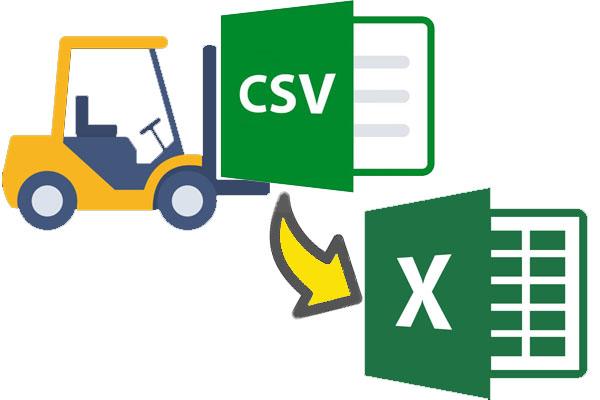Supercharge Your Suitelet Security with Google Sign In
Do you leverage NetSuite Suitelets to streamline external processes but worry about unauthorized access? This blog post dives into how Google Sign In can be your secret weapon for securing those Suitelets! Why Google Sign In? Imagine a world where only authorized users can access your Suitelets, preventing unauthorized modifications or data breaches. Google Sign In offers a seamless solution: Enhanced Security: Leverage Google’s robust authentication infrastructure to verify user identities. Say goodbye to managing separate login credentials for your Suitelets. Streamlined…


